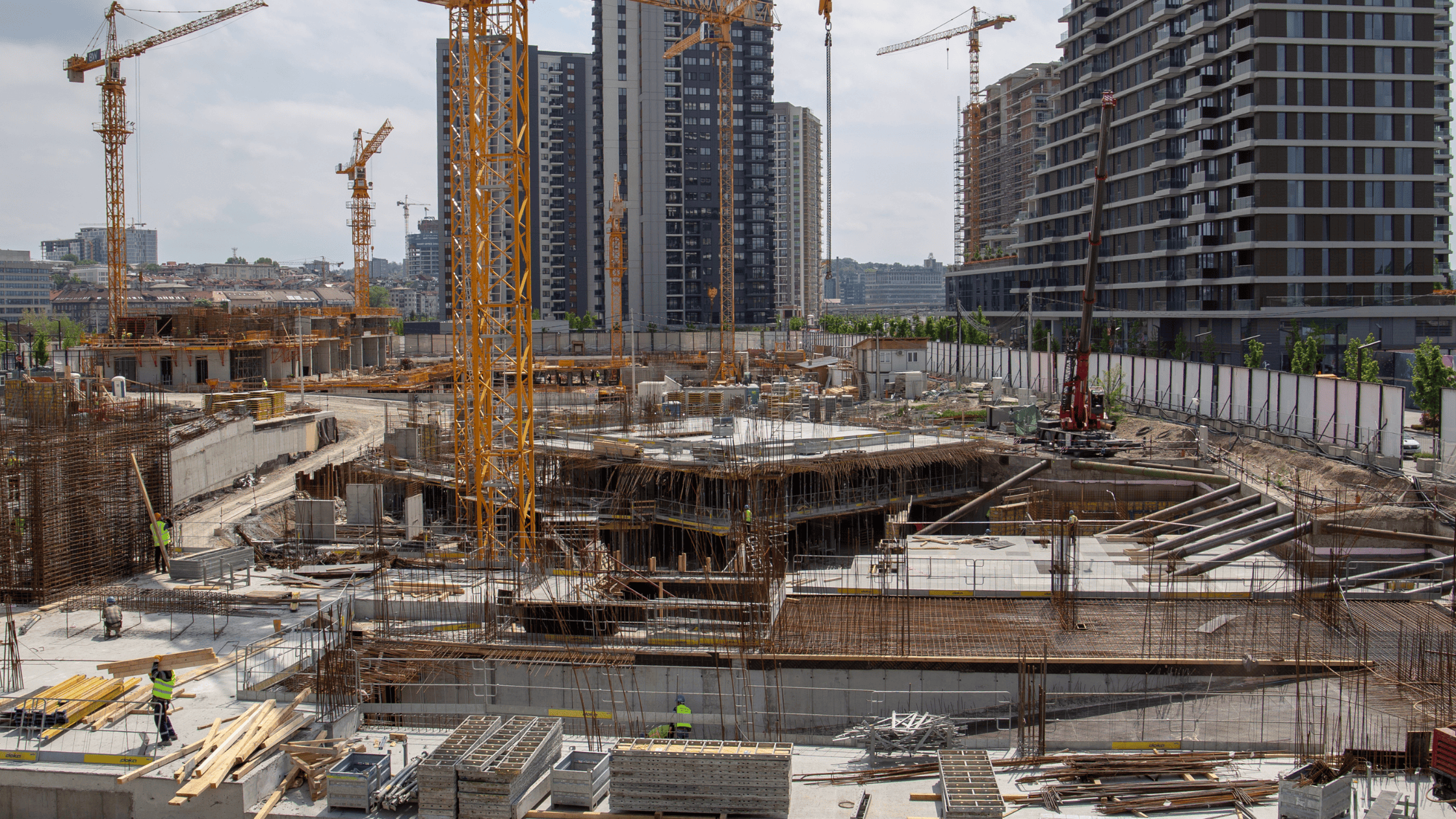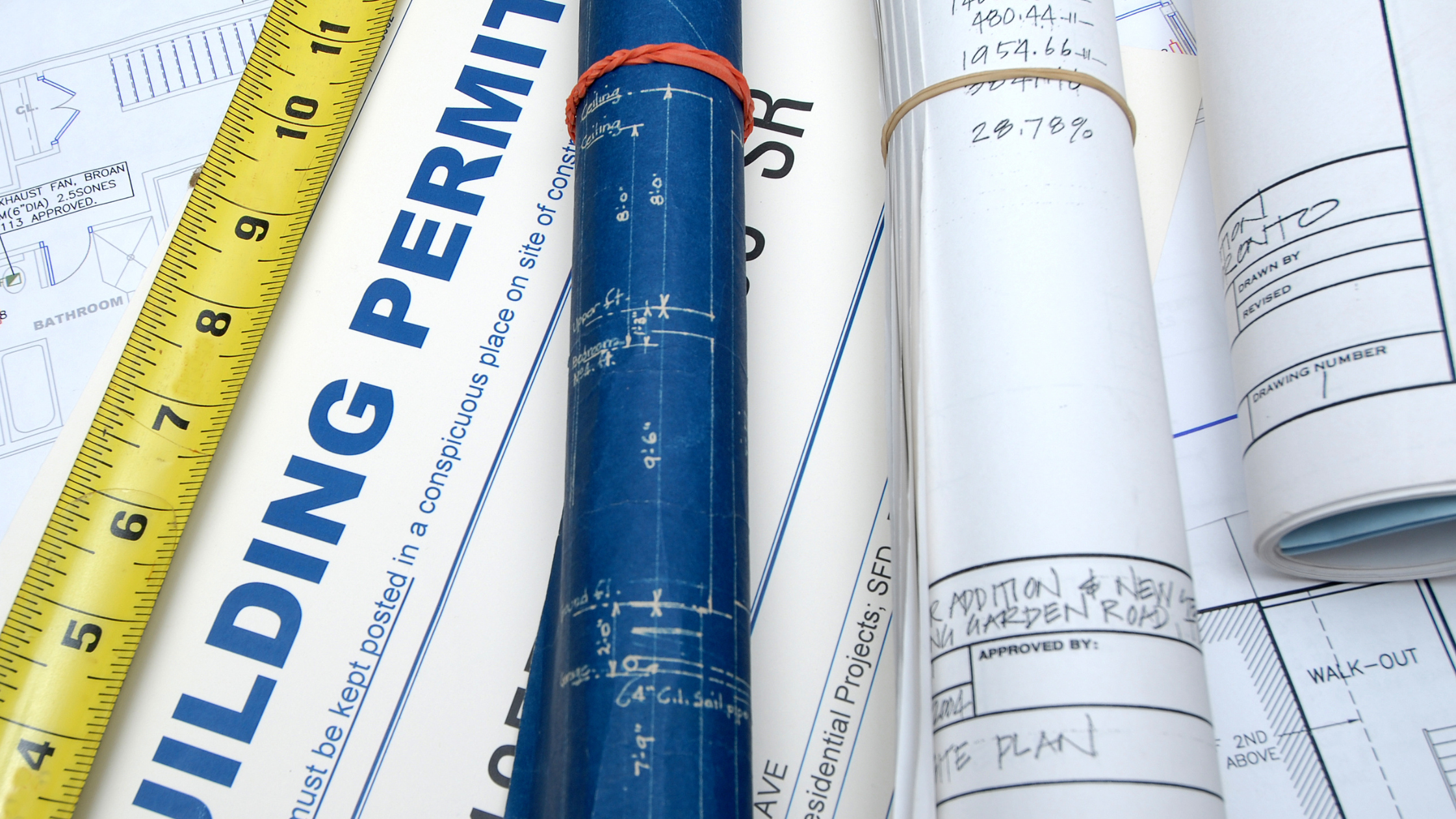The Complete Guide to Industrial Noise Mitigation in Urban Areas
Introduction: Understanding the Challenge of Industrial Noise in Cities
As cities continue to expand, the balance between industrial growth and quality of life becomes more difficult to manage. Industrial noise pollution in urban areas has emerged as a critical issue, affecting millions of residents worldwide. Unlike general background noise, industrial noise often originates from large-scale industrial activities such as manufacturing plants, logistics hubs, power generation facilities, data centers, and construction sites, requiring noise control strategies that align with noise regulations and community standards.
The stakes are high: without effective mitigation strategies, cities risk increased health issues, reduced property values, and strained community-business relationships. This guide serves as the most comprehensive resource on industrial noise control, packed with effective strategies, compliance standards, and best practices for urban environments.
What is Industrial Noise Pollution?
Defining Industrial Noise
Industrial noise pollution refers to unwanted or disruptive sound waves generated by industrial settings. These sounds often exceed acceptable noise levels or sound levels measured in decibels (dBA) and may require a formal environmental impact assessment or noise exposure review to evaluate compliance.
Common Sources of Industrial Noise in Cities
- Construction sites: jackhammers, drills, cranes, pile drivers, and demolition equipment
- Factories and warehouses: conveyor belts, stamping machines, boilers, compressors
- Energy infrastructure: power plants, turbines, substations, backup generators
- Transportation-related industries: loading docks, airports, railyards, shipping hubs
- HVAC and ventilation systems: industrial pumps, chillers, and large-scale air conditioning units
- Data centers: cooling fans, chillers, HVAC systems, and diesel backup generators that run during testing or outages
By recognizing these noise sources, urban planners and businesses can implement effective noise control and targeted noise reduction measures.
Why Industrial Noise Matters in Urban Environments
1. Human Health Impacts
Industrial noise is more than just a nuisance. Research shows that prolonged exposure to excessive noise can lead to:
- Sleep disturbance and insomnia
- Elevated stress, anxiety, and reduced well-being
- Increased risk of hypertension and cardiovascular disease
- Cognitive impairment in children living near noisy environments
- Long-term hearing loss and occupational noise exposure risks for workers
These health effects highlight the importance of protecting both physical health and the work environment through noise control measures.
2. Environmental and Social Impacts
Noise doesn’t stop at human ears. Urban noise affects surrounding areas, disrupting wildlife communication and migration. On a social level, communities living near residential areas impacted by noisy industries — including data centers near Denver, Colorado neighborhoods — often report higher community noise complaints. Proactive community engagement ensures that noise mitigation aligns with sustainability goals and supports overall quality of life.
3. Economic Impacts
Noise pollution carries measurable financial consequences:
- Lower property values in residential areas near impact noise zones
- Reduced productivity in noisy work environments
- Legal costs, compliance fines, and penalties for breaking noise regulations
- Decreased attractiveness of urban areas for business investment
Regulations Governing Industrial Noise in Urban Areas
Global and National Noise Standards
Countries and cities enforce industrial noise control measures to protect citizens. Notable examples include:
- United States: The Environmental Protection Agency’s Noise Control Act sets nationwide noise exposure standards.
- European Union: The Environmental Noise Directive (END) requires member states to create noise maps and mitigation action plans.
- World Health Organization (WHO): Publishes guidelines on maximum acceptable noise levels and their physical health impacts.
- ISO Standards: International frameworks for noise transmission modeling and reverberation analysis.
Local Noise Ordinances
Cities also enforce their own urban noise codes. These typically include:
- Daytime vs. nighttime noise levels (dBA)
- Restrictions near residential areas, hospitals, and schools
- Permit requirements for construction sites
- Ongoing noise monitoring and noise abatement plans for compliance with building codes
Industrial Noise Mitigation Strategies: A Complete Toolkit
1. Engineering Controls
The most direct way to achieve effective noise control is through engineering:
- Acoustic barriers and noise barriers to block external sources
- Soundproofing materials and acoustic panels in machinery enclosures
- Sound-absorbing materials to minimize reverberation
- Vibration isolation pads to reduce noise transmission
- Soundproofing solutions for HVAC and ventilation systems
2. Administrative Controls
Operational adjustments can reduce noise impact:
- Scheduling noisy work during daytime in urban areas
- Rotating staff to limit noise exposure in industrial settings
- Maintenance to ensure high-quality equipment functionality
3. Urban Design Solutions
City design plays a vital role:
- Planting sound-absorbing vegetation and green buffers
- Zoning that separates industrial activities from residential areas
- Incorporating soundproofing materials into surrounding areas infrastructure
4. Monitoring and Smart Technology
Modern tools make monitoring easier:
- Real-time noise monitoring with IoT sensors
- Sound measurement equipment and noise monitoring systems for compliance
- Noise mapping to identify hotspots before development
- AI-based mitigation strategies to optimize results
Case Studies: Successful Industrial Noise Mitigation
- London, UK: Introduced strict noise control strategies on construction sites, cutting complaints by 40%.
- Tokyo, Japan: Added sound-absorbing materials to infrastructure and improved noise control measures.
- New York City, USA: Enforces one of the toughest noise regulations in urban areas, regulating HVAC, data centers, and industrial settings.
- Data Center Example: U.S. facilities facing excessive noise from HVAC and backup generators adopted acoustic barriers, soundproofing enclosures, and real-time noise monitoring to reduce complaints.
Future Trends in Urban Industrial Noise Control
Emerging solutions in industrial acoustics include:
- AI-powered noise mitigation techniques for predicting sound levels
- Nanotechnology soundproofing materials for high-quality performance
- Noise and vibration control integrated into sustainability goals
- Apps for reporting noise pollution in urban environments
How Businesses Benefit from Industrial Noise Mitigation
Benefits go beyond compliance:
- Stronger work environments with improved employee well-being
- Fewer disputes over community noise complaints
- Reduced insurance and legal costs
- Smoother project approval in residential areas
Conclusion: Building Quieter, Healthier, Smarter Cities
Noise reduction is essential for healthier urban environments. By combining noise control strategies, soundproofing solutions, and real-time noise monitoring, cities can protect quality of life while supporting industrial growth.
From construction sites to data centers in Denver, Colorado, addressing industrial noise with effective noise control ensures both communities and businesses thrive. Industrial noise mitigation plays a vital role in creating sustainable, resilient, and livable urban areas for the future.
Other Articles

Comparing Noise Barriers: Mitigation Walls vs. Sound Walls vs. Temporary Barriers | Urban Solution Group
Not all noise barriers are the same. Compare mitigation walls, sound walls, and temporary barriers — and learn how Urban Solution Group helps with compliance.
.png)
Environmental Compliance Checklist: Avoiding Costly Mistakes in Urban Projects | Urban Solution Group
Avoid costly permitting delays in urban projects. Use this environmental compliance checklist covering land use, air quality, and construction compliance.

Why Do Compliance Delays Happen? How to Prevent Them in City Permitting | Urban Solution Group
Compliance delays cost projects time and money. Learn why they happen in city permitting and how Urban Solution Group prevents setbacks with proven strategies.
